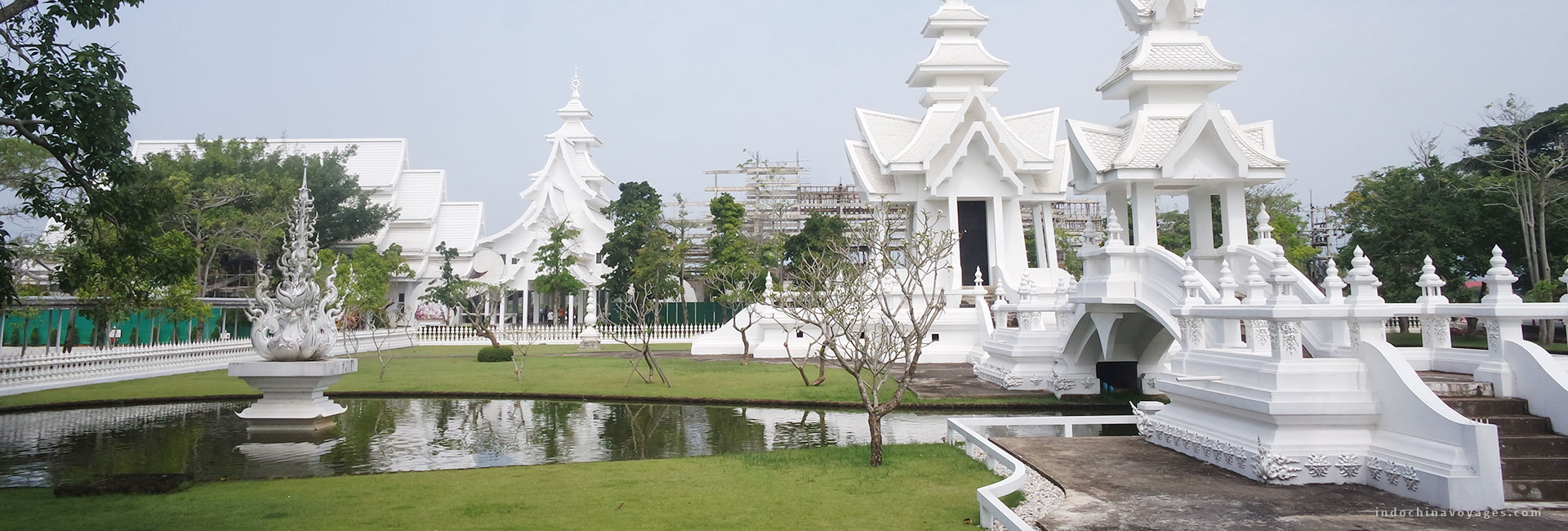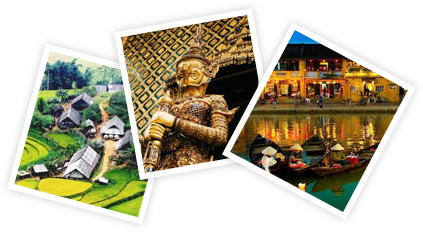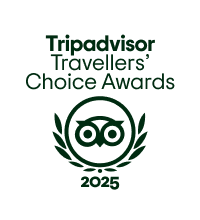I and one of my colleges just came back to work after an 8-day travel to Thailand which was awesome. We were trying to travel to other places apart from the too famous Bangkok or Pattaya which is more than familiar to Vietnamese tourists. Though 8 days are quite short but we did find our way to cover the places that we always dreamt about Chiang Rai, Chiang Mai and Phuket. But in today’s article, let’s talk about Chiang Rai Thailand first.
Where is Chiang Rai Thailand
Thailand’s most northerly province, Chiang Rai is located nearly 800 kilometers from Bangkok. The north of Chiang Rai borders Myanmar, the south borders Phayao Province, the east borders Laos, and the west borders Chiang Mai Province. Normally, a lot of travelers who visit the a week Northern Thailand part choose to mainly stay in Chiang Mai and then they use a public bus in the early morning to Chiang Rai which takes around 3 hours. Then come back to Chiang Mai in the same day but at night.
However, this is for sure really rushing. So the total amount of time for transferring is around 5-6 hours while visiting the most highlight sites of this small town costs you at least 7-8 hours. So we did catch the flight directly to Chiang Rai from Don Meuang airport in Bangkok and stay the night there. There are numerous domestic airlines that operate this route such as Nok Air, Bangkok Airway, Thai Lion Air or other than that there are still Vietjet Air, Air Asia, etc.
With the aim to visit the golden triangle area, we hired a private car and driver which saved us more than using the motorbike since the weather in Northern Thailand in May is extremely hot. The average temperature was 32 Celsius degrees when we were there.
Wat Rong Khun – The White Temple
Our first spot is Wat Rong Khun – White Temple – a famous Buddhist temple designed by artist Chaloemchai Kositpipat since 1997.
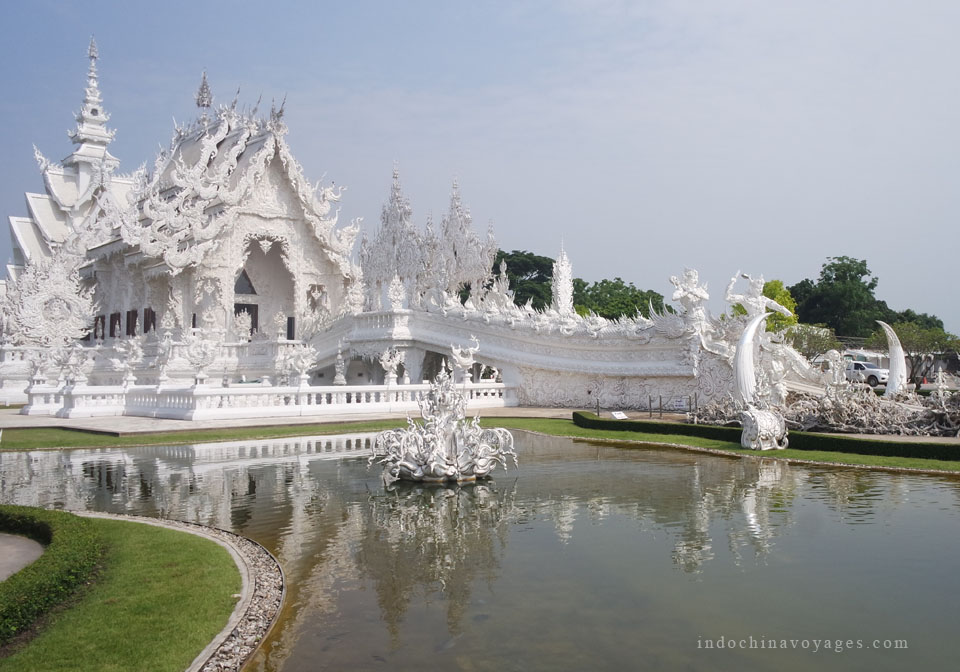
The main building is painted white to signal the purity of Buddha and is covered in pieces of mirrors which turn the whole temple a sparkling one under the sun. All around the complex are caved with sculptures of skulls, hands and arms, skulls, severed heads hanging from trees and other bizarre objects.
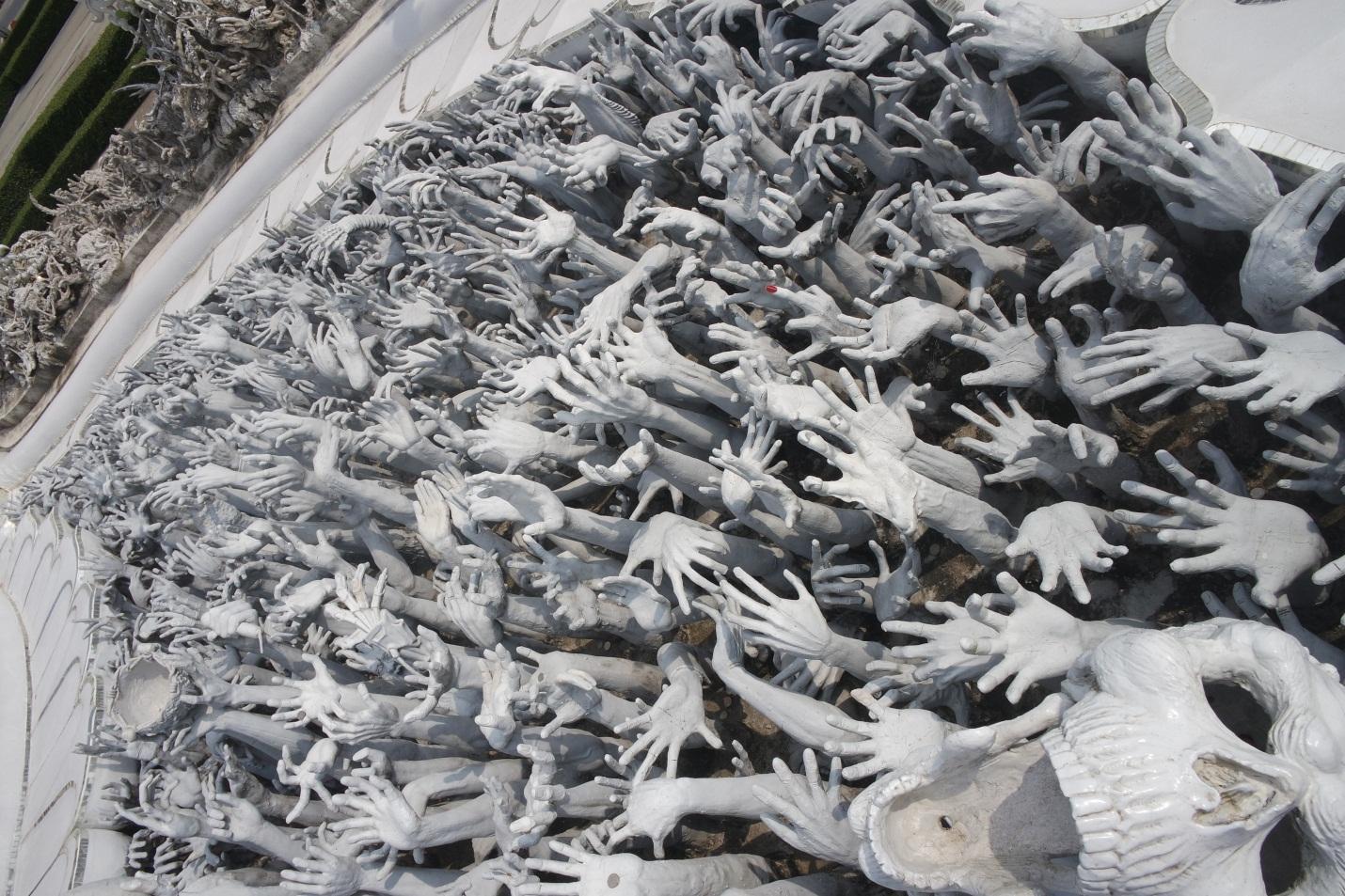
There is a bridge that you have to get through to get inside the temple. This bridge is like floating in the ocean of “people’s reaching arms”, some are small indicated children, some are with painted nails indicated female, apparently symbolize “desire”. Once inside, you will see the traditional Buddha life scenes with a lot of contemporary heroes fighting demons.
Baan Dam Museum – the Black House
Just around 20 minutes from the White temple is the Black House – Baan Dam Museum – the unique legacy of the late and renowned artist Thawan Duchanee, a son of Chiang Rai. The very first impression of this mansion was a completely huge and tall black traditional house knowing as the main building which is a large wooden structure. The black tiered roof has curvy metal points jutting from the sides.
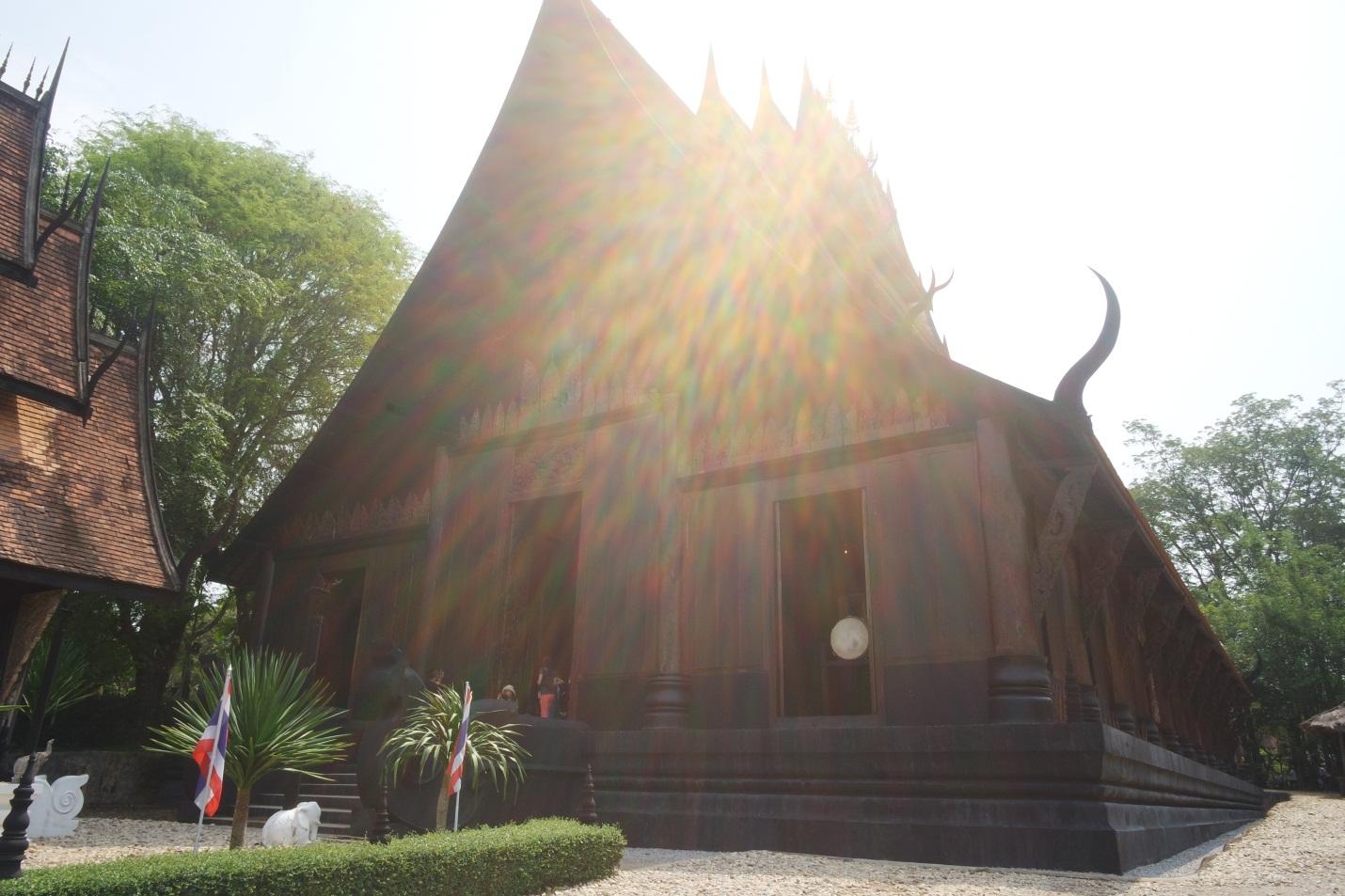
Inside, in the center a long wooden table with benches on both sides is lined with an incredibly long snakeskin runner. One hut, designed like a Budhist stupa, contains a circular room, lined with chairs made of buffalo horns and skin. The centerpiece is a giant crocodile skin, painted black and surrounded by candles.
Other than that, there is a complex of houses and extraordinary buildings which are “decorated” by dead animals’ skeleton such as buffalo skulls and horns, skin of crocodiles and snakes, head of deers, fur of sheeps, foxes and cows, etc, and even a lot of furniture were made from those skeletons. However, Dr. Thawan Duchanee was not the creator, he just simply collected those expensive objects over the world.
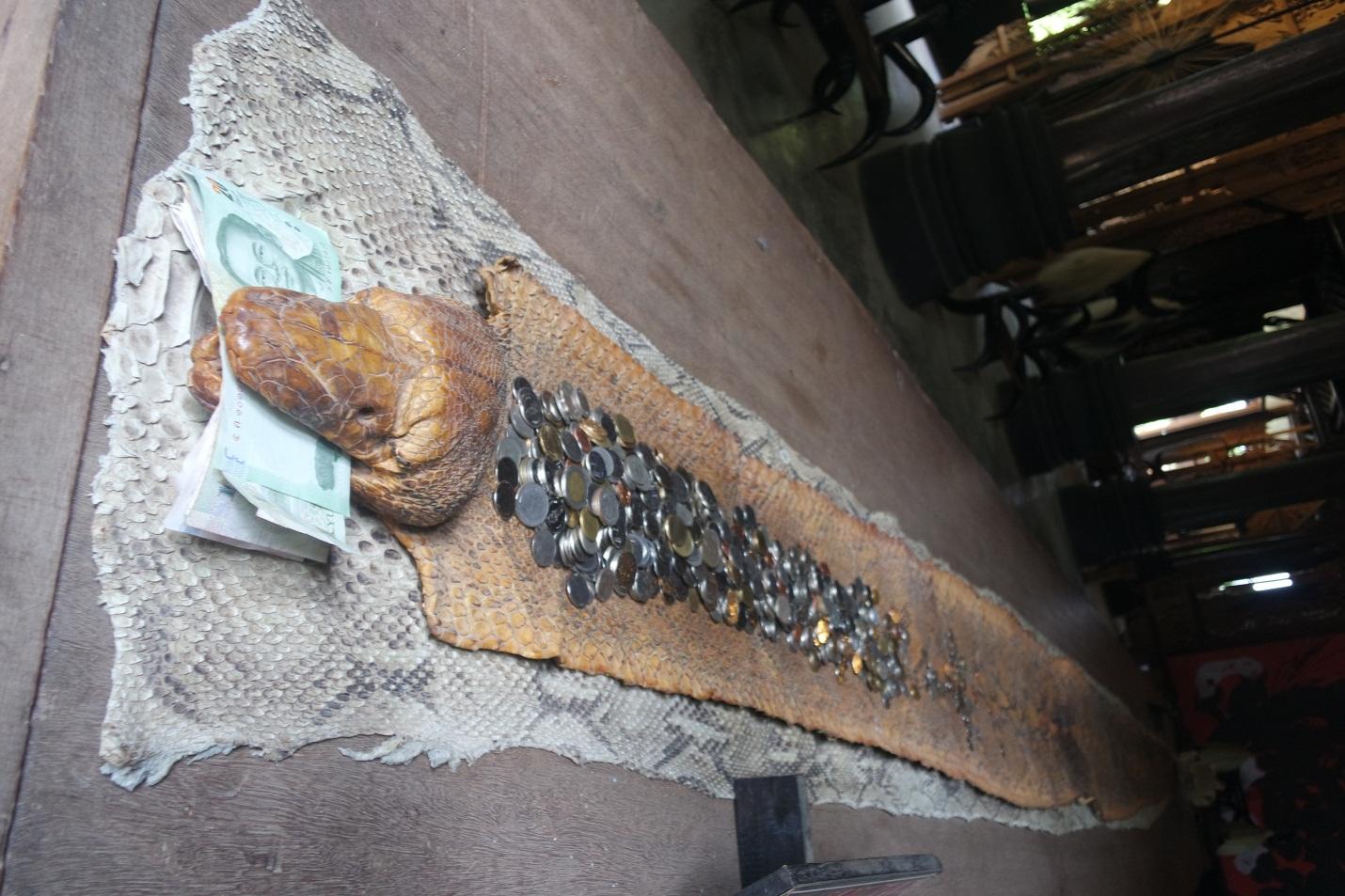
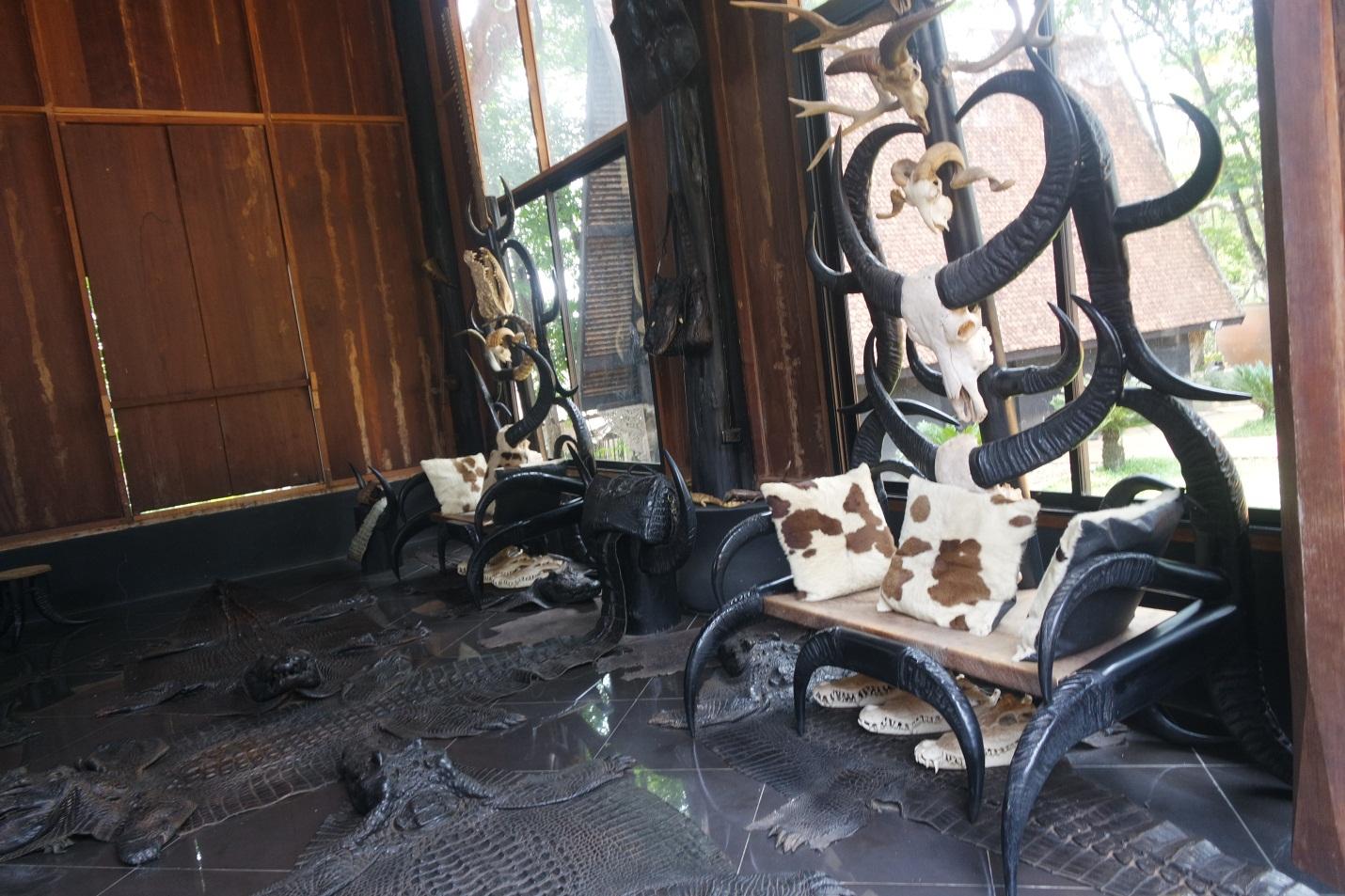
The Golden Triangle
After lunch, we headed to the most interesting place – the golden triangle. This is the famous location where the borders of Laos, Thailand and Myanmar meet in the middle of Mekong River. From the viewpoint of the Golden Triangle Park you will see the two other neighboring countries, the Mekong River and the hilly landscape with its small villages and hillside temples.
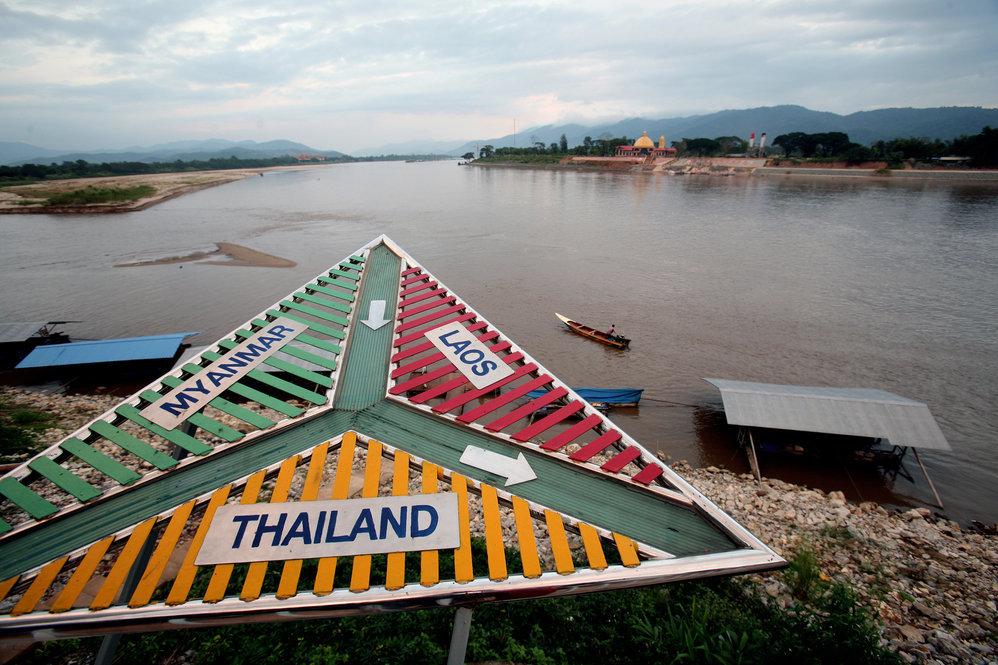
Most people do not know that “Golden Triangle” is the term coined by CIA since 1920s as one of the world’s major opium producers. Attempt to exhibit the drug trade & use, the Thai government made poppy-growing illegal in 1959 and brought in crop-substitution program which called “Royal project” for farmers. Opium production then was cut significantly.
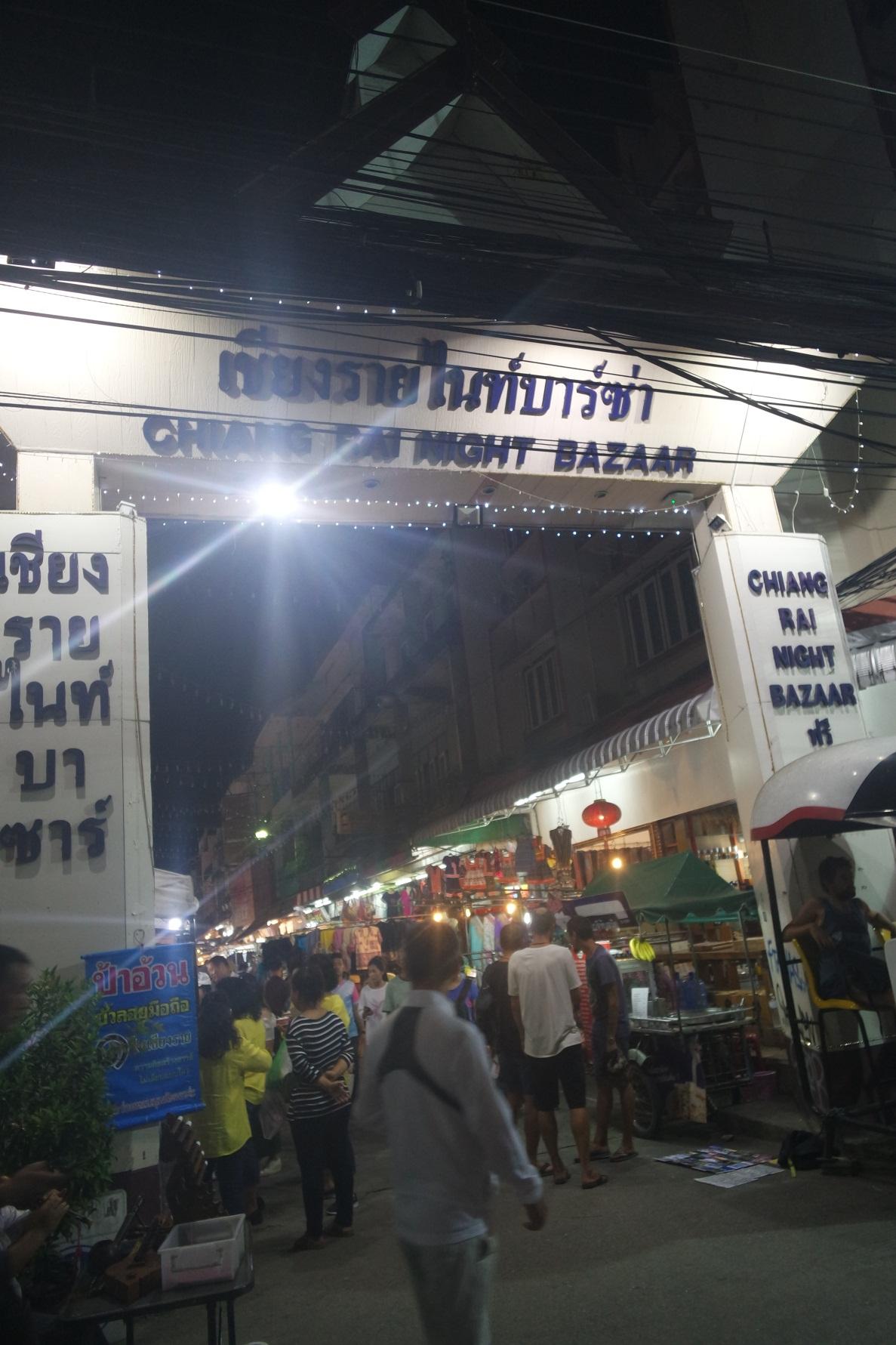
We had dinner not in a luxury or deluxe restaurant but chose to walk around the night bazaar.
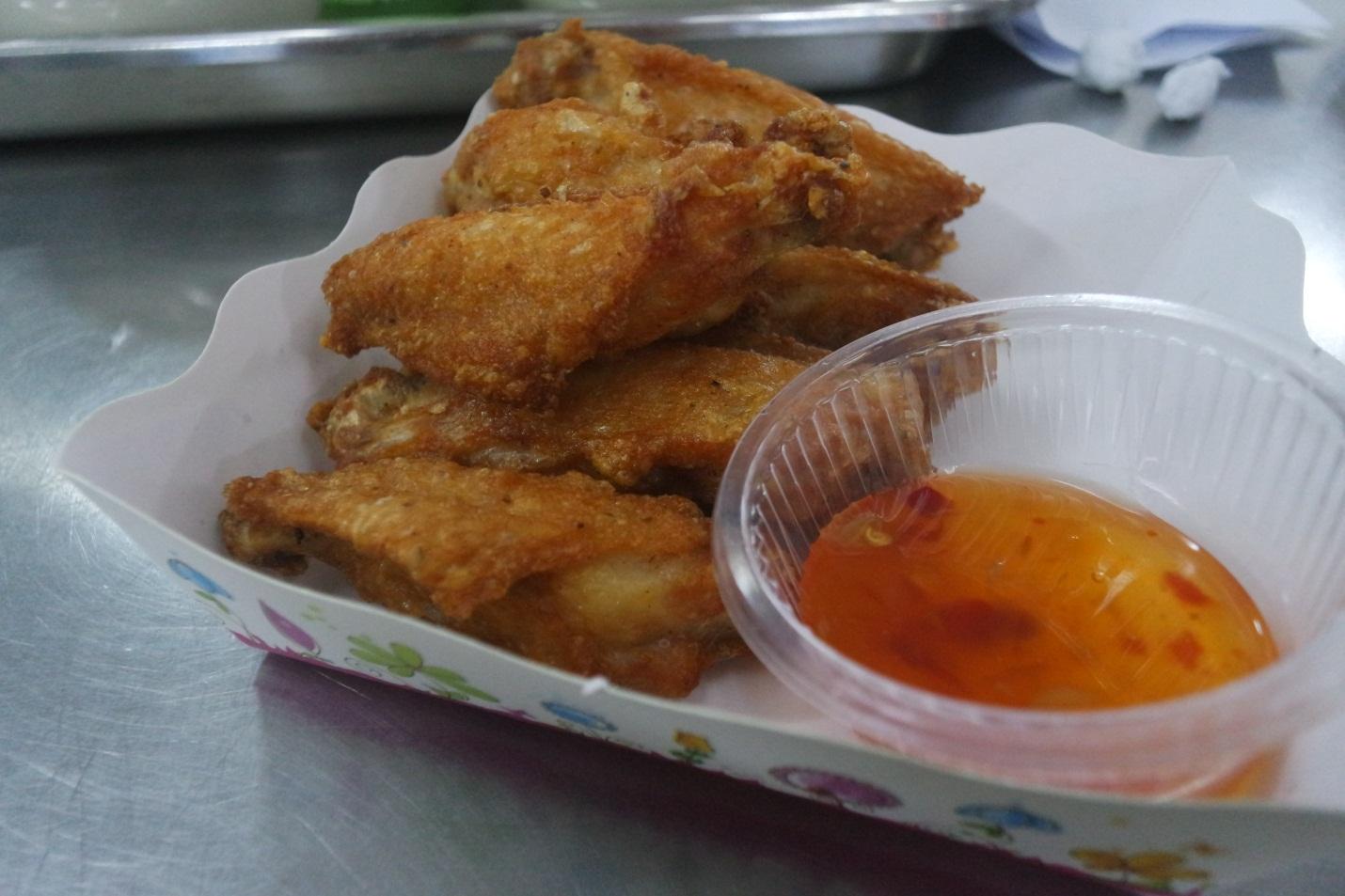
It looks really like the night market in the Hanoi Old Quarter in the weekend but apparently, with smaller scale and different local unique products; beaded jewelry, hill tribe handicrafts, t-shirts, dresses and silk scarves and do not forget to bargain. And cannot forget the food, a mix of Western and Thai food with a wide selection of food stalls.
Indochina Voyages offers the Golden Triangle tour 3 days to cover almost destinations and activities above, let’s contact us for an unforgettable experience.
Daniel Nguyen – Travel Specialist

